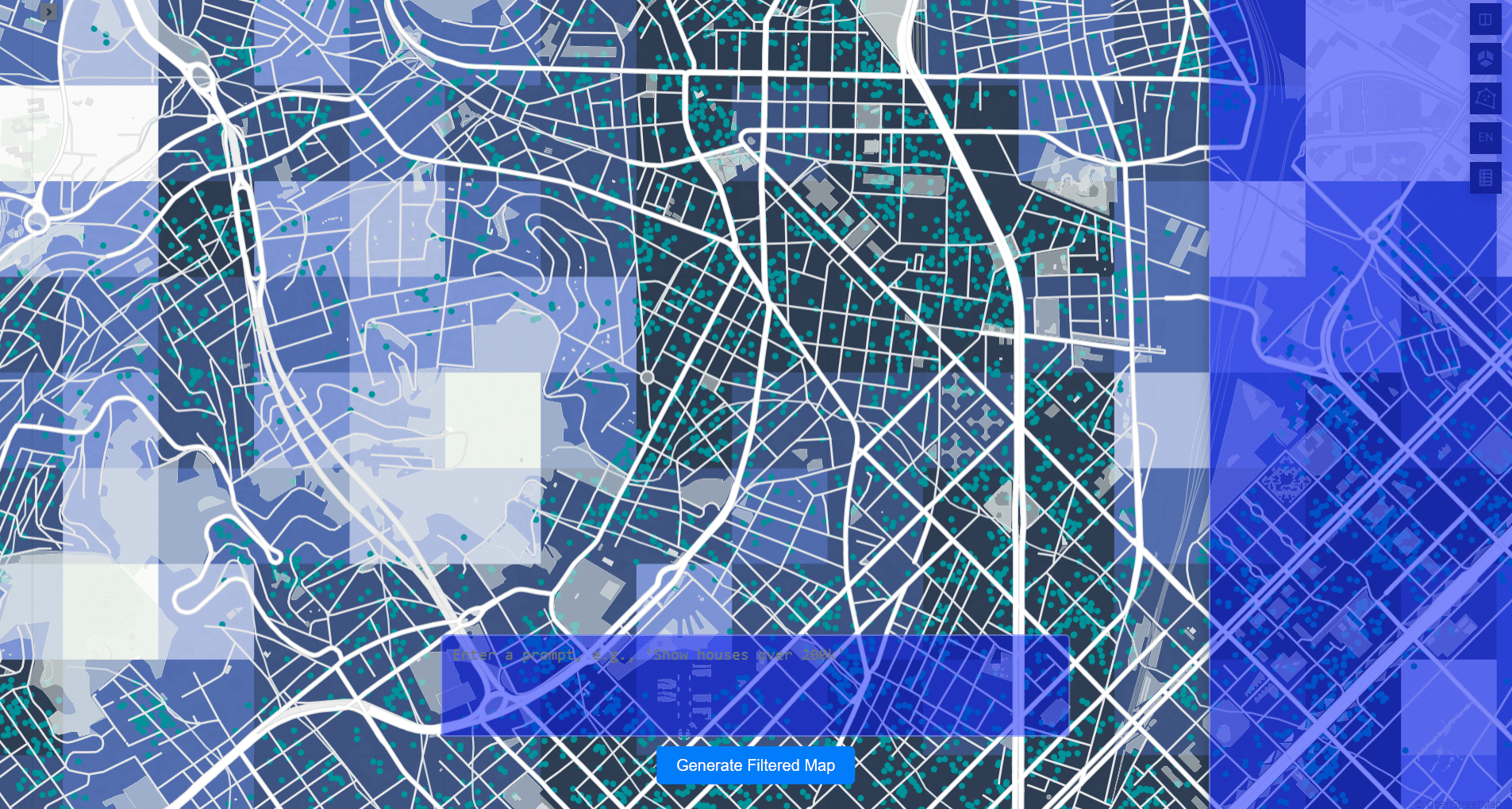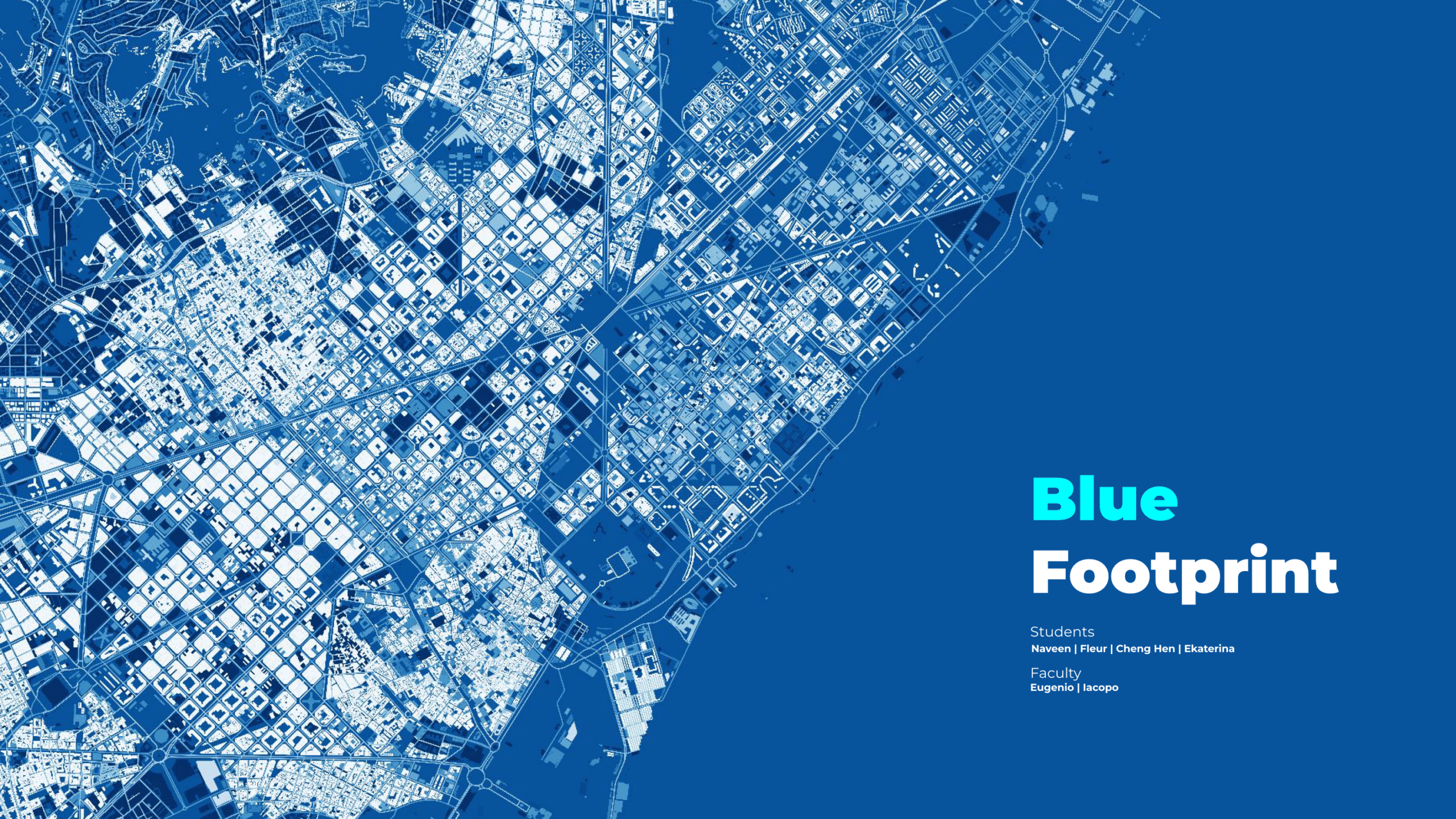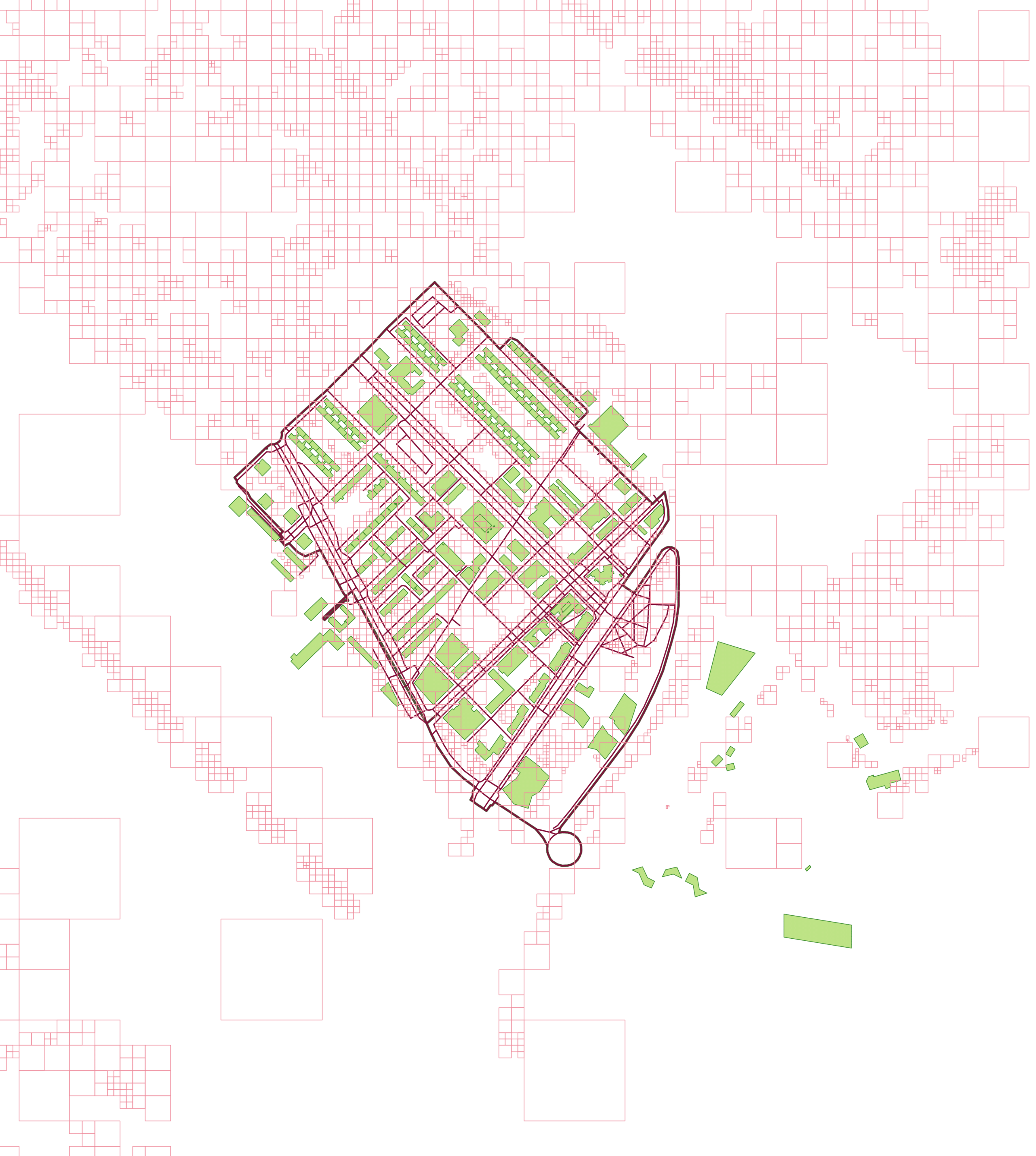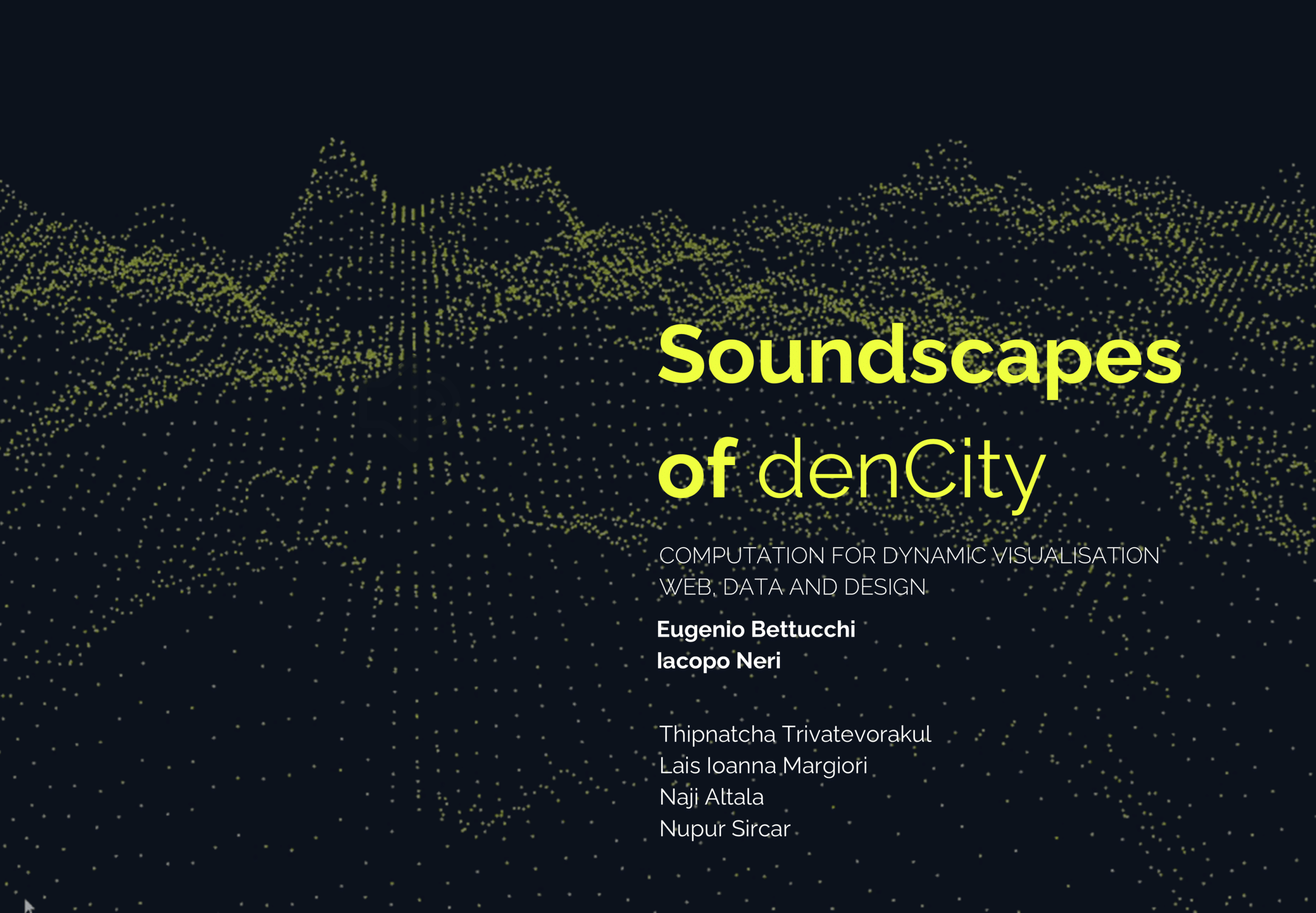Syllabus
photo credits:I.Neri and E.Bettucch
Algorithmic Urban Design, IAAC MaCT 2020/21
Description
This course equips participants with advanced computational tools and techniques to transform urban data into meaningful and visually compelling insights. With a focus on diverse data typologies students will learn to design consistent workflows that uncover patterns, clarify research hypotheses, and effectively communicate complex urban narratives. The course emphasizes the critical role of data visualization in bridging research and practice, enabling students to contextualize and articulate their ideas with analytical precision.
Through hands-on exercises and project-based learning, participants will gain proficiency in using Grasshopper for advanced data visualization and JavaScript for rendering and interactive user experiences. The workshop provides a platform for students to integrate these skills into their thesis development, crafting visualizations that support and enhance their academic work.
Learning Objectives
At course completion the student will:
- Use Grasshopper as a tool for data management and formatting
- Learn to deploy an html website using github pages
- Use Leaflet JS for spatial and non spatial visualization
Faculty
Projects from this course
Insite BCN
In different metropolitans all around the world finding suitable flat with properties you wish, is one of the most challenging tasks you may have ahead of you.what we suggest and develop in this course is visualizing a platform where you can talk to an LLM and eases this challenging process by visualizing the results. Bellow … Read more
Blue footprint
This project explores the impact of drought on urban water stress in Barcelona, where declining reservoir levels pose critical challenges. By visualizing key indicators—such as consumption per population, per land use and income—we aim to identify the main stress factors. Understanding these dynamics will help inform strategies to mitigate the long-term effects of drought and … Read more
PERCEIVED SAFETY IN URBAN SPACES
La Mina, Sant Adria de Besos Our project examines perceived safety in La Mina, Barcelona, by analyzing urban factors such as street lighting, tree density, street width for visibility, and large empty spaces. We develop a scoring system to assess these elements and use map-based analysis to visualize safe and unsafe areas within the neighborhood. … Read more
Soundscapes of denCity
Abstract Urban noise pollution significantly impacts public health and quality of life, necessitating innovative approaches for its analysis and visualization. This study employs Computational methods to examine and represent urban soundscapes by integrating spatial analysis, sound propagation modelling, and digital visualization techniques. The methodology involves categorizing urban tourist activities, and amenities in Barcelona, based on … Read more









